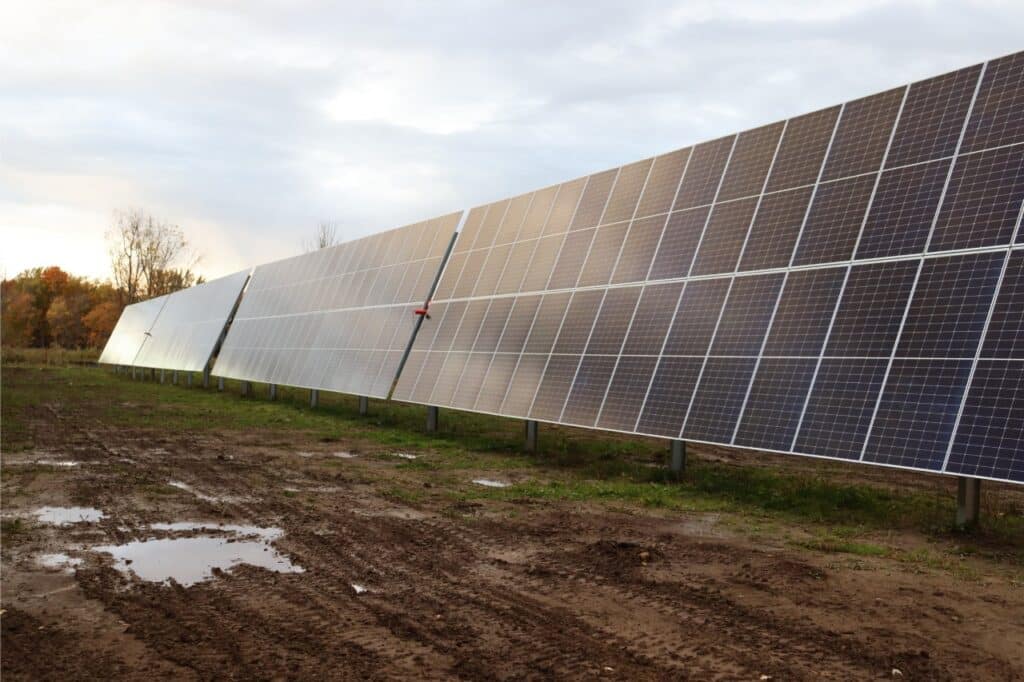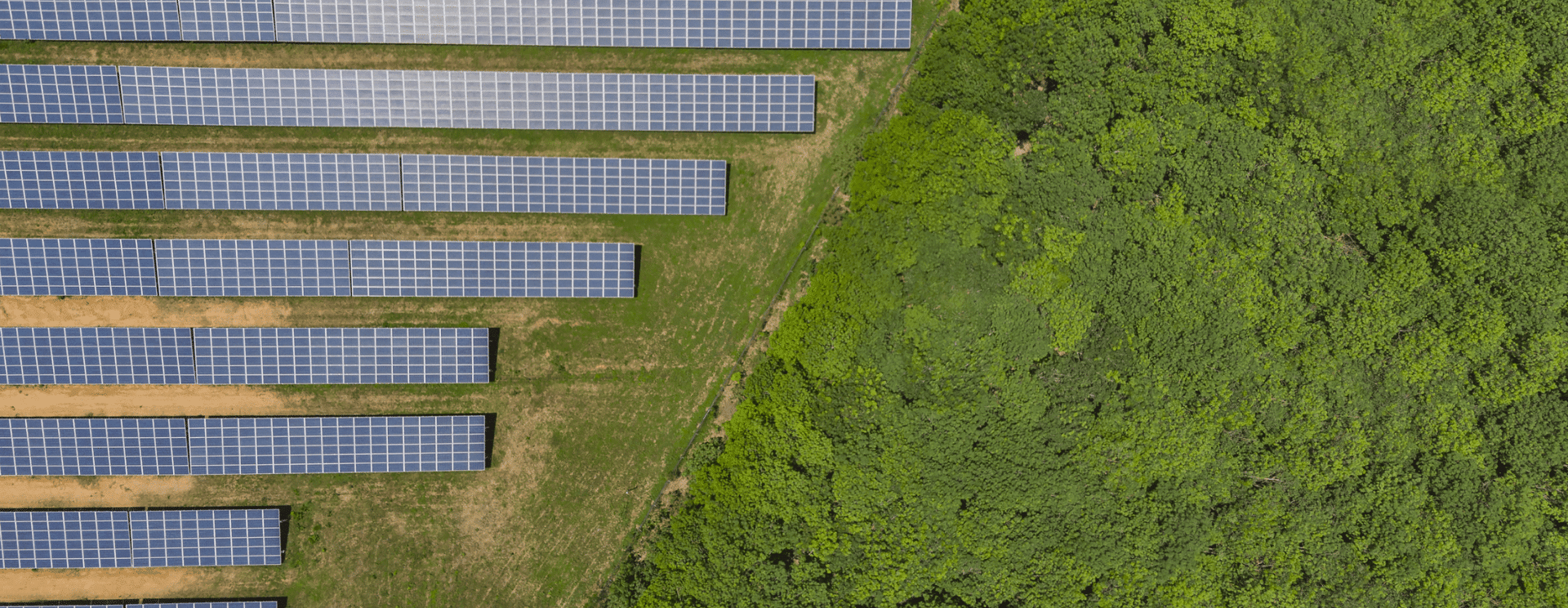What Are the Soft Costs of Utility-Scale Solar?

If you’ve followed the solar energy trend with any interest over the past 10 years, you’ve likely seen a few massive changes in utility-scale solar operations.
As solar panel technology improves, one question remains: is solar energy becoming cost-effective enough to displace fossil fuels? The answer to that question is a resounding yes, but we can do more to improve costs and expand the solar industry’s reach in the United States.
While hard costs tied to utility-scale solar power have dropped considerably since 2012, soft costs haven’t seen the same changes. As the price of panels, PV wire, and the overall solar BoS decrease, the money spent on permitting, inspections, and operations become a larger piece of the pie.
Luckily, many experts believe soft costs can fall with some additional investments, training, and standardization.
Breaking Down How Utility-Scale Solar Costs Shake Out
Whenever a solar project gets underway, there are two expense types that the utility needs to keep in mind; hard costs and soft costs.
Solar Hard Costs
Hard costs are budgeted into the account, and their prices tend to be fixed. Items that fall into this category are the parts and pieces needed to actually get the solar array up and running, including:
- solar modules
- inverters
- racking and other panel mounting systems
- Photovoltaic (PV) wiring
- energy storage
Though it’s safe to say these costs can be counted on to stay in a determined range, higher quality products may come with short-term and long-term savings that could affect soft costs down the line. For example, Sun-Pull’s bundled PV wire can drastically reduce installation time and labor expenses, cutting overall project costs. Over the past decade or so, hard costs have fallen by about 60%.
However, supply chain issues caused by the pandemic and our subsequent recovery have pushed prices slightly since 2020.
Solar Soft Costs
These cover everything else that isn’t a physical part of the solar installation. In the case of a solar installation, a breakdown of soft costs includes:
- installation labor
- permits and taxes (including sales tax)
- sales promotions and new customer acquisition
- administrative, marketing, and other overhead expenses
- operations
- supply chain expenses
Unlike hard costs, which are somewhat predictable, soft costs are tied to several factors. These could include permitting and inspection fees, hiring and training new workers, money spent on community programs and educational materials, marketing programs to acquire and maintain customers, software, and more.
Though soft costs have fallen, they have not had nearly the same drop as hard costs. Product prices tend to react more favorably in the face of more available options, better technology, and fewer restrictions.
Cutting Down on Soft Expenses
In 2017, the National Renewable Energy Laboratory (NREL) suggested soft costs made up more than 40% of a utility-scale system’s costs. Unfortunately, though overall prices have kept falling, soft costs are still about 36% of total utility solar expenses in 2021.
If prices are high here, they must be high everywhere, right? Not so much. Utility-scale PV soft costs in the U.S. are still higher than those of other countries with developed solar markets, partially due to a lack of combined efforts.
There is hope, however. The Department of Energy (DoE) says they can be mitigated with a few changes to get everyone on the same page. This includes standardizing codes and providing more educational opportunities for permit issuers, real estate professionals, and others in nearby industries. It also includes creating more effective integration strategies that make it easier to connect solar arrays to the overall electrical grid.
Part of the current issue is that plenty of money has been spent to create technology that reduces hard costs but isn’t always applied to reducing soft costs. As with any solution, getting from where we are now to where we’d like to be will involve a few investments.
Utility-Scale Solar PV Systems Can Benefit from Lower Costs
The solar industry isn’t alone in its fight to make utility-scale solar more affordable. It will take a concerted effort from the government, private companies, and social organizations to complete.
It requires the government to reduce the red tape associated with permitting and inspections. Companies need to look for organizational savings wherever possible, including software platforms that streamline operations and simplify processes where possible. Even variable expenses like marketing, attracting new customers, staffing, maintenance, and insurance offer opportunities to reduce overhead.
The goal should be to make utility-scale solar energy and other renewables accessible to more people. To accomplish it, we must do our part to keep installation costs down and encourage investment.


